Regions of Costa Rica, a tropical paradise in Central America, is renowned for its biodiversity, stunning landscapes, and commitment to environmental conservation. Divided into seven provinces, each with its own distinct character and attractions, the country offers a diverse range of experiences for travelers. In this comprehensive overview, we will explore the provinces, their capitals, and the unique features that make Costa Rica a haven for nature enthusiasts, adventure seekers, and cultural explorers.
1. San Jose
Capital San José
Highlights
– National Theater of Costa Rica A historic cultural institution with neoclassical architecture.
– Central Market (Mercado Central) A bustling market offering local produce, crafts, and traditional Costa Rican cuisine.
– La Sabana Metropolitan Park A vast urban park with sports facilities, a lake, and green spaces.
Overview
San José, the capital of Costa Rica, is located in the heart of the Central Valley. As the country’s political, economic, and cultural center, San José offers a mix of historical landmarks, cultural attractions, and urban amenities. The National Theater of Costa Rica, an iconic symbol of the city, hosts performances and events, showcasing the country’s artistic talent.
The Central Market, a vibrant hub of activity, provides an authentic Costa Rican experience with its diverse array of local products, including fresh fruits, vegetables, and artisan crafts. La Sabana Metropolitan Park offers a recreational escape within the city, featuring jogging paths, sports fields, and a picturesque lake.
2. Alajuela
Capital Alajuela
Highlights
– Juan Santamaría International Airport Costa Rica’s primary international gateway.
– Poás Volcano National Park Home to the active Poás Volcano and a large crater lake.
– La Paz Waterfall Gardens A nature park with waterfalls, wildlife exhibits, and botanical gardens.
Overview
Alajuela, often referred to as the “City of Mangos,” is the second-largest city in Costa Rica and serves as a gateway for travelers arriving at Juan Santamaría International Airport. The province is characterized by its fertile plains and agricultural activities, including coffee and sugarcane cultivation.
Poás Volcano National Park is a major attraction in Alajuela, offering visitors the opportunity to witness the impressive crater of the active Poás Volcano and explore the surrounding cloud forest. La Paz Waterfall Gardens, another natural gem in the province, provides a rich ecotourism experience with its waterfalls, wildlife exhibits, and lush gardens.
3. Cartago
Capital Cartago
Highlights
– Basilica of Our Lady of the Angels (Basilica de Nuestra Señora de los Ángeles) A significant pilgrimage site with a revered statue of the Virgin Mary.
– Irazú Volcano National Park Home to the highest volcano in Costa Rica, offering panoramic views.
– Orosi Valley A picturesque valley with hot springs, coffee plantations, and colonial churches.
Overview
Cartago, the former capital of Costa Rica, is a province with deep historical and cultural significance. The Basilica of Our Lady of the Angels, a major pilgrimage site, houses the revered statue of the Virgin Mary and attracts thousands of pilgrims each year.
Irazú Volcano National Park is known for the towering Irazú Volcano, the highest volcano in Costa Rica, providing breathtaking views of surrounding landscapes. The Orosi Valley, nestled in the province, is celebrated for its scenic beauty, hot springs, and well-preserved colonial churches.
4. Heredia
Capital Heredia
Highlights
– INBioparque (National Biodiversity Institute Park) A biological reserve with diverse flora and fauna.
– Braulio Carrillo National Park A large protected area with rainforests, waterfalls, and hiking trails.
– Heredia Central Park A charming park surrounded by colonial architecture and the Heredia Cathedral.
Overview
Heredia, known as the “City of Flowers,” is a province characterized by its lush landscapes and agricultural activities. The capital, Heredia, is a charming city with a colonial atmosphere, evident in its architecture and central park.
INBioparque, part of the National Biodiversity Institute, is a biological reserve offering educational experiences about Costa Rica’s rich biodiversity. Braulio Carrillo National Park, with its rainforests, waterfalls, and diverse ecosystems, provides opportunities for hiking and wildlife observation.
5. Guanacaste
Capital Liberia
Highlights
– Guanacaste Conservation Area A vast protected area with diverse ecosystems, including Santa Rosa National Park.
– Rincón de la Vieja National Park Home to the active Rincón de la Vieja Volcano, hot springs, and geothermal features.
– Papagayo Peninsula A coastal area known for its luxury resorts, beaches, and water activities.
Overview
Guanacaste, located in the northwest part of Costa Rica, is a province celebrated for its beautiful beaches, diverse ecosystems, and cultural heritage. The capital, Liberia, is known as the “White City” due to its white adobe buildings.
The Guanacaste Conservation Area encompasses several protected areas, including Santa Rosa National Park, showcasing dry forests and historical sites. Rincón de la Vieja National Park features the active Rincón de la Vieja Volcano, hot springs, and geothermal wonders. The Papagayo Peninsula, a coastal gem, is renowned for its luxury resorts, pristine beaches, and water-based activities.
6. Puntarenas
Capital Puntarenas
Highlights
– Manuel Antonio National Park A renowned national park with rainforests, beaches, and diverse wildlife.
– Monteverde Cloud Forest Reserve A world-famous cloud forest with a rich biodiversity of flora and fauna.
– Puntarenas Boardwalk (Paseo de los Turistas) A lively waterfront area with shops, restaurants, and entertainment.
Overview
Puntarenas, situated along the Pacific Coast, is a province known for its stunning coastal landscapes, tropical rainforests, and biodiversity. The capital, Puntarenas, is a bustling port city with a lively boardwalk.
Manuel Antonio National Park is a popular destination, offering visitors the chance to explore rainforests, relax on pristine beaches, and observe diverse wildlife. The Monteverde Cloud Forest Reserve, a world-renowned ecotourism destination, is home to a staggering variety of plant and animal species. The Puntarenas Boardwalk provides a vibrant atmosphere with shops, restaurants, and entertainment options.
7. Limón
Capital Puerto Lim
ón
Highlights
– Tortuguero National Park A protected area known for its turtle nesting sites and canal system.
– Cahuita National Park A coastal park with coral reefs, white-sand beaches, and hiking trails.
– Gandoca-Manzanillo National Wildlife Refuge A refuge with diverse ecosystems, including rainforests and marine environments.
Overview
Limón, located along the Caribbean Coast, is a province with a unique blend of Afro-Caribbean culture, tropical rainforests, and diverse wildlife. The capital, Puerto Limón, is a major port city with historical significance.
Tortuguero National Park is a key attraction, renowned for its turtle nesting sites and extensive canal system. Cahuita National Park, on the southern Caribbean coast, features coral reefs, white-sand beaches, and hiking trails. The Gandoca-Manzanillo National Wildlife Refuge protects diverse ecosystems, including rainforests and marine environments.
Overview of Provinces and Capitals:
1. San Jose
San José, the capital city of Costa Rica, serves as the country’s political, economic, and cultural hub. From the historic National Theater to the vibrant Central Market and the expansive La Sabana Metropolitan Park, the province offers a mix of urban sophistication and natural beauty.
2. Alajuela
Alajuela, with its capital in the City of Mangos, is a province that welcomes travelers through the Juan Santamaría International Airport. Poás Volcano National Park and La Paz Waterfall Gardens showcase the province’s natural wonders, inviting visitors to explore volcanic landscapes and lush rainforests.
3. Cartago
Cartago, with its capital Cartago, holds historical significance as the former capital of Costa Rica. The Basilica of Our Lady of the Angels and the Orosi Valley with its colonial churches and hot springs provide cultural and natural attractions.
4. Heredia
Heredia, known as the City of Flowers, captivates with its colonial charm and natural attractions. The INBioparque and Braulio Carrillo National Park offer opportunities for education and adventure amid lush greenery.
5. Guanacaste
Guanacaste, in the northwest, is a province known for its beautiful beaches, diverse ecosystems, and cultural heritage. The Guanacaste Conservation Area, Rincón de la Vieja National Park, and the Papagayo Peninsula showcase the province’s commitment to conservation and ecotourism.
6. Puntarenas
Puntarenas, along the Pacific Coast, is a coastal paradise with diverse natural wonders. Manuel Antonio National Park, the Monteverde Cloud Forest Reserve, and the lively Puntarenas Boardwalk provide a mix of pristine landscapes and cultural experiences.
7. Limón
Limón, along the Caribbean Coast, offers a unique cultural and ecological experience. Tortuguero National Park, Cahuita National Park, and the Gandoca-Manzanillo National Wildlife Refuge highlight the province’s commitment to preserving turtle nesting sites, coral reefs, and diverse ecosystems.
Conclusion:
Costa Rica’s seven provinces showcase the country’s commitment to environmental conservation, cultural diversity, and sustainable tourism. From the bustling urban center of San José to the pristine beaches of Guanacaste and the lush rainforests of Limón, each province contributes to Costa Rica’s reputation as a haven for nature lovers and adventure seekers.
As Costa Rica continues to prioritize conservation efforts, the provinces and their capitals play a pivotal role in preserving the country’s natural beauty, fostering cultural exchange, and providing memorable experiences for those seeking to explore the wonders of this Central American gem. Whether it’s hiking in national parks, relaxing on pristine beaches, or immersing in vibrant city life, Costa Rica offers a myriad of possibilities for travelers eager to discover the pura vida spirit that defines this enchanting nation.


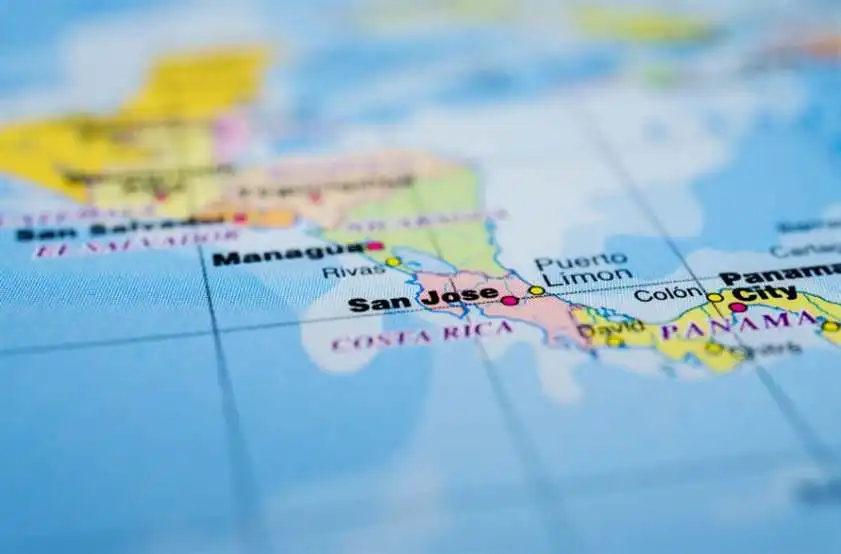

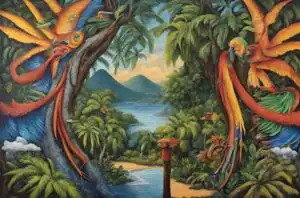




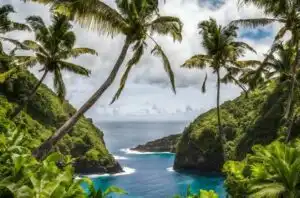


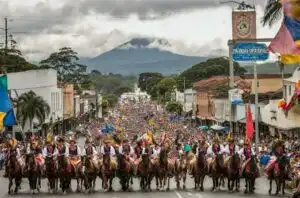
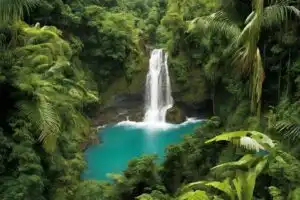









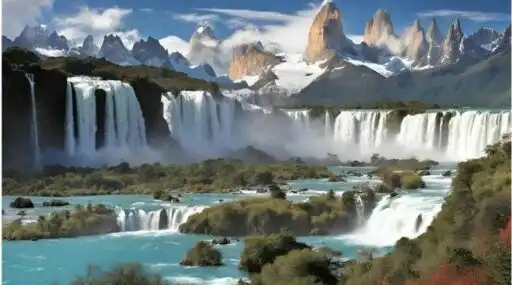
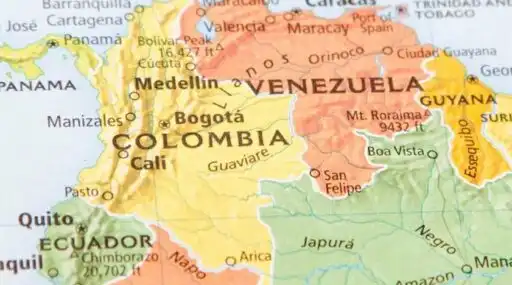







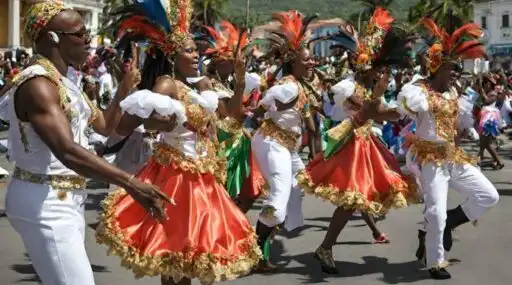
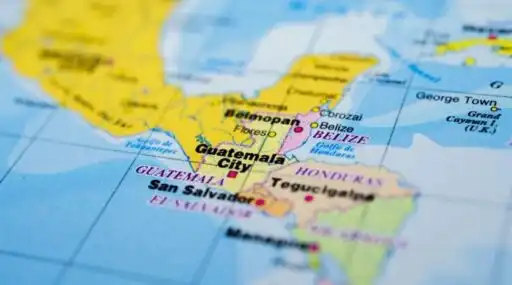




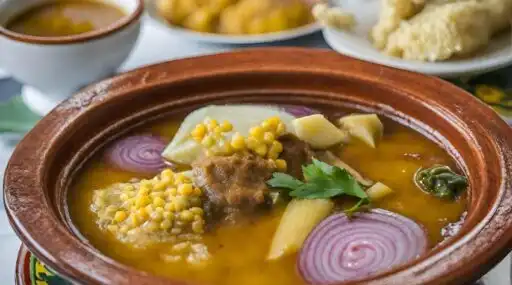


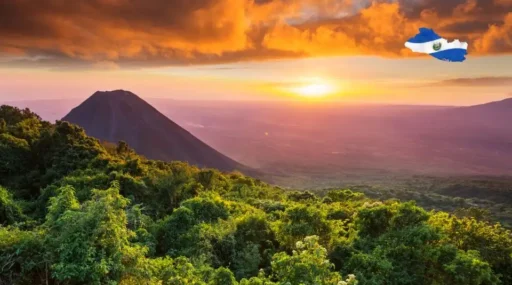
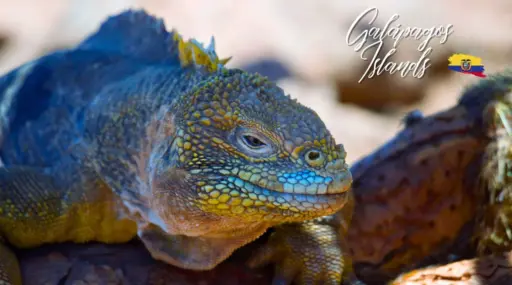


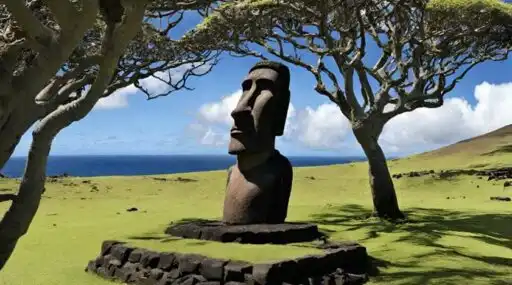
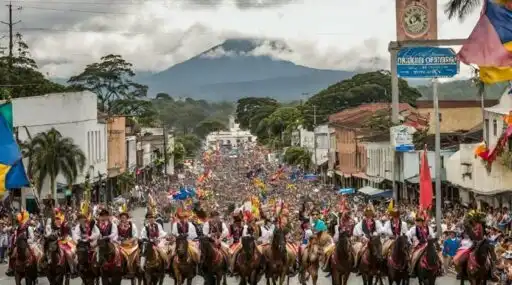
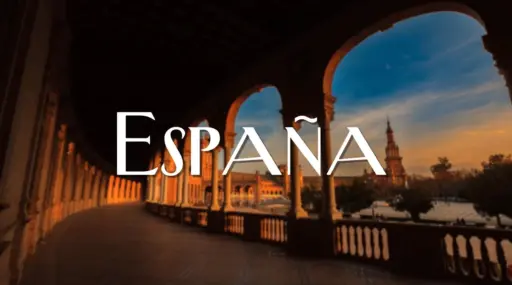

Leave a Reply